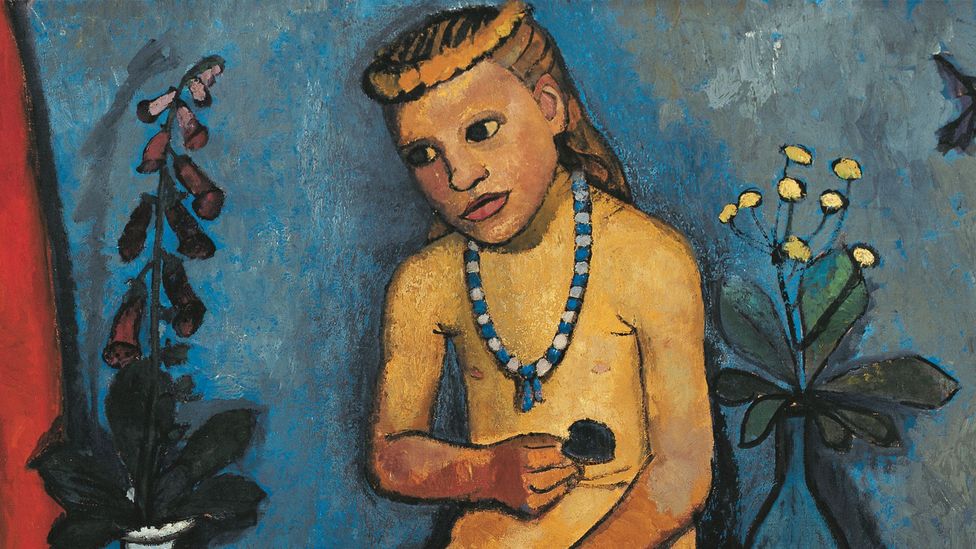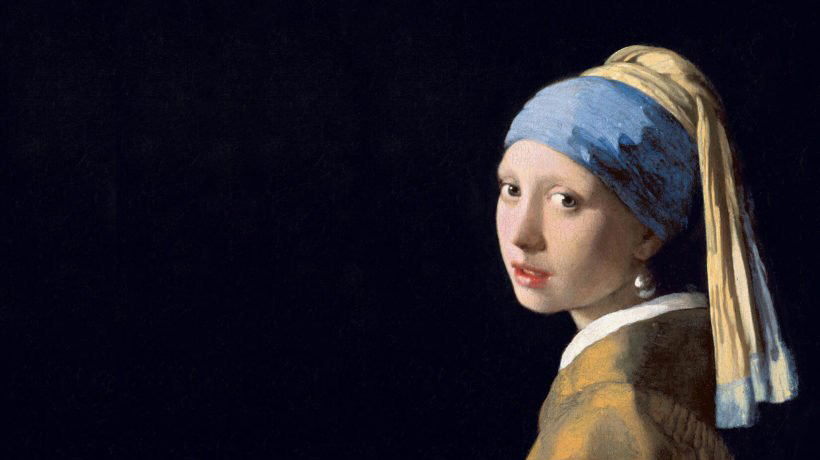From ancient times, portraiture has told us fundamental truths about humanity and identity, whoever the subject. Cath Pound explores the genre's most powerful examples.
Portraiture has a unique place in the history of art. By looking at who was portrayed, and how, we are able to gain insights into social, cultural and political history that no other type of painting can offer. The fact that it offers an opportunity to connect with individuals who were, or are, living breathing human beings just like us, also makes it one of the most accessible and popular; it is the only genre with its own dedicated galleries, and has offered inspiration for countless major exhibitions.
"Portraiture stands apart from other genres of art as it marks the intersection between portrait, biography and history. They are more than artworks; when people look at portraits, they think they are encountering that person," says Alison Smith, chief curator at the National Portrait Gallery in London.

Origins
The genre's origins can be traced back to ancient times, when it served a number of functions, from exalting those in power to remembering the dead. The 1st and 2nd Centuries AD saw the Fayum area of Roman Egypt produce astonishingly naturalistic portraits that appeared on mummy cases. It is thought they may have hung in people's homes during their lifetimes, and after death were placed over the head of their mummy in order to aid their journey to the afterlife. In Ancient Rome portrait sculpture was used to commemorate the dead or celebrate the achievements of the living. In both cases, attention was drawn to the person's lineage, which was of great importance in Roman society. Imperial portraits were a valuable tool for propaganda. Placed in temples of the imperial cult, they were designed to inspire awe and subordination.
Although few examples of portraiture survive from the Middle Ages, those that do served similar purposes as those from classical times. The stunning life-sized mosaics of the Emperor Justinian and Empress Theodora in the church of San Vitale in Ravenna – which date from the 6th Century – are a particularly spectacular demonstration of power.
Stand-alone portraits of those in the middle ranks of society did not appear until the 15th Century with Jan van Eyck's The Marriage of the Arnolfini from 1434 being one of the most renowned. One of the first standing double portraits in the history of art, the couple's lifelike countenances combined with the mysterious symbolism hidden within the painting make it enduringly popular with visitors to London's National Gallery.
